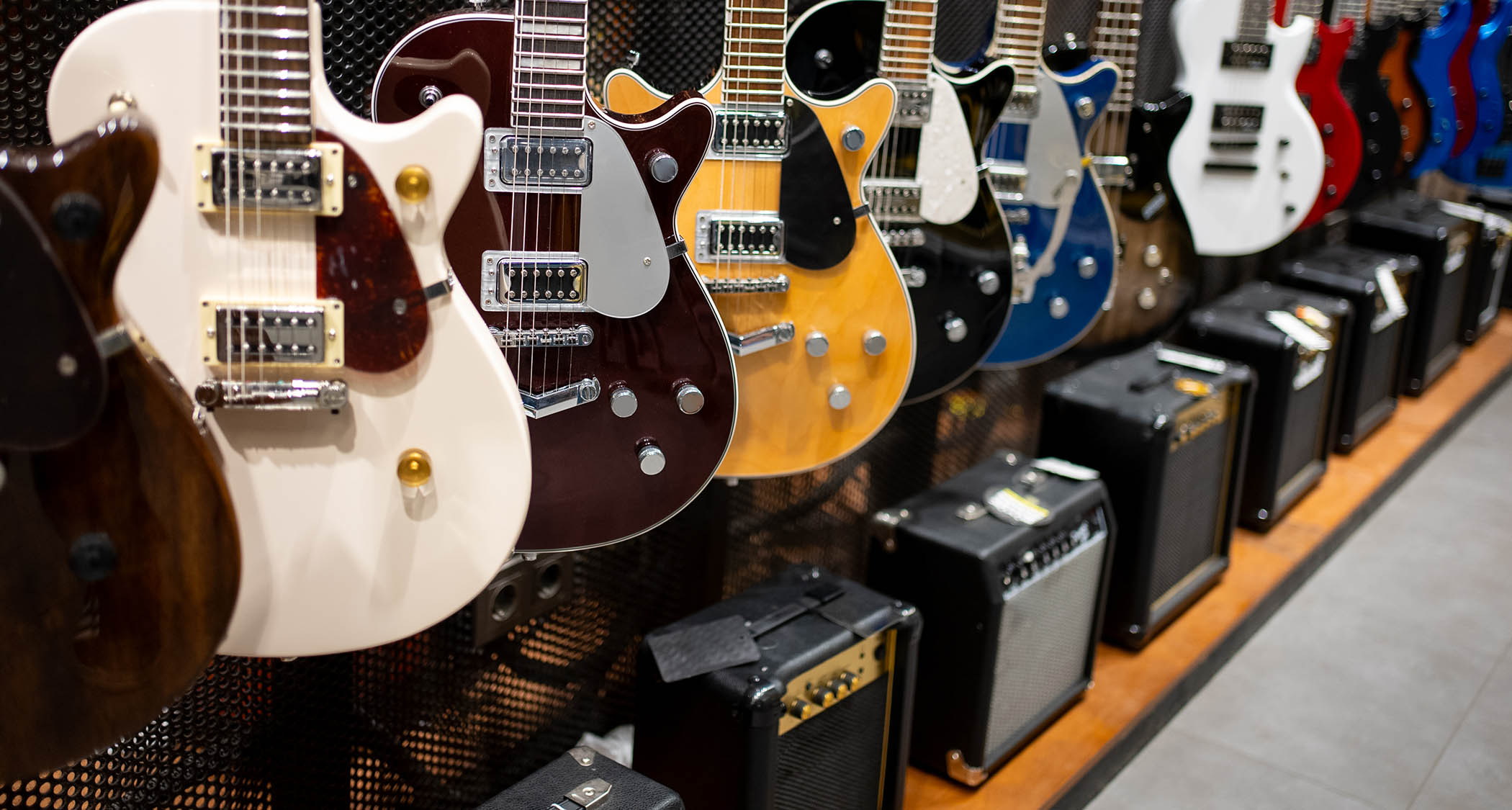Best nylon guitar strings 2025: top picks from D'Addario, La Bella, Ernie Ball and more
Warm and mellow to bright and snappy; we look at the best nylon guitar strings on offer
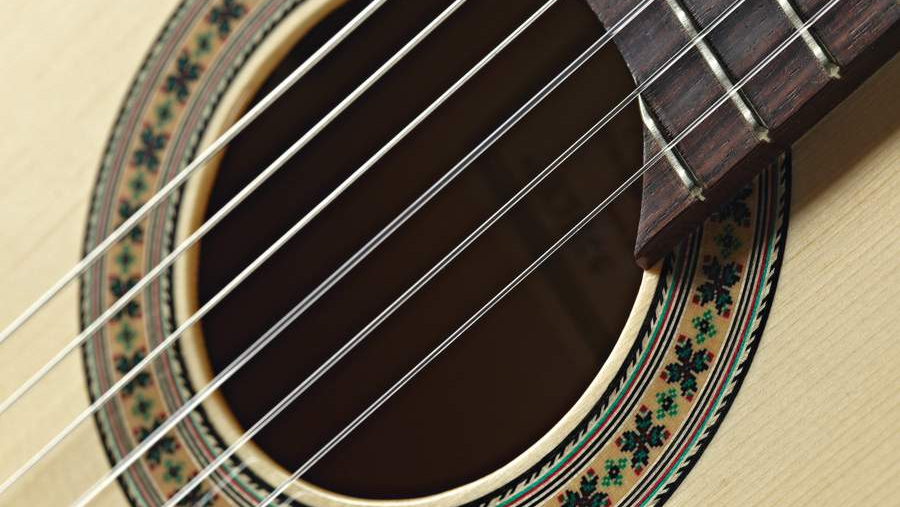
1. Products & reviews
2. Buying advice
3. How we choose
If you’re looking to breathe some life into a classical or Flamenco guitar, then there’s no better or easier way than fitting it with a set of the best nylon guitar strings.
Whether you’ve inherited an old classical and you fancy learning guitar yourself, or you’re a seasoned player looking to perform some regular maintenance, the best nylon guitar strings will improve the instrument’s sound, feel, tuning and intonation.
Nylon guitar strings have come a long way since their inception. Many classical and Flamenco guitars were actually strung with catgut strings, among other natural materials, until around World War II. Now though, they’re made from nylon and other similar synthetic materials.
There are loads of different ones on offer, and will suit different guitarists and playing styles. We’ve picked out what we reckon are the best nylon guitar strings, covering a range of features and budgets.
Product guide and reviews
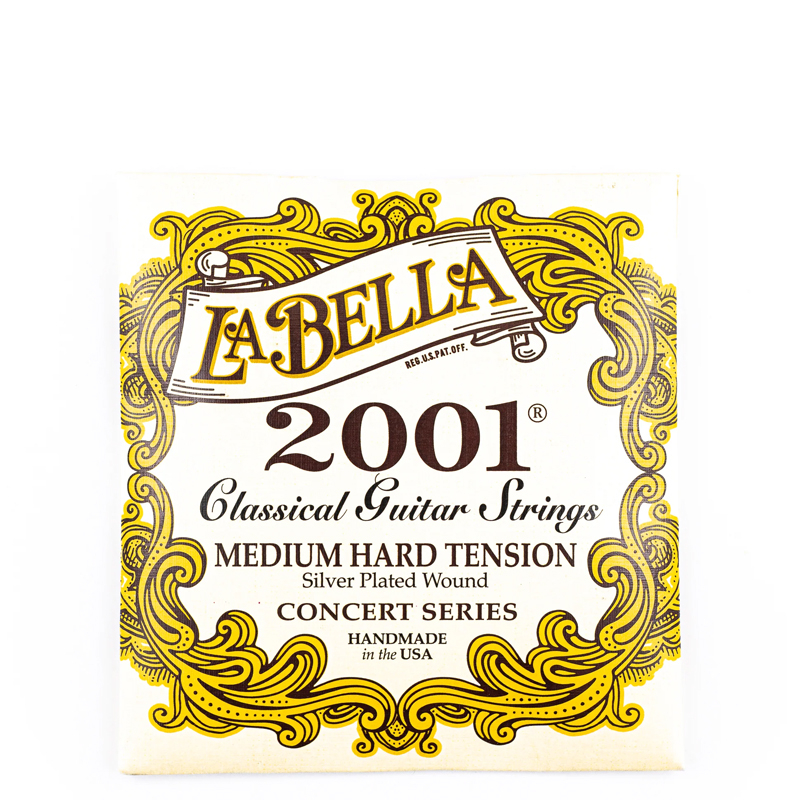
Materials: Nylon 202 / silver-plated wound
+ Great set at a good price
+ Bright, but balanced
+ Intonate well
- Not much
One of the most popular choices among professional classical guitarists is the La Bella 2001 set of nylon strings. La Bella conducted a ton of research amongst some of the most highly demanding players and came back with these. They’re also incredibly well priced.
This is a very well balanced set of strings offering superb clarity and projection as well as excellent intonation. They’re lively and bright, but not overly so and will work well for a range of applications. The Medium Hard set provides volume and punch without being too difficult to play. They also make a set of these designed specifically for Flamenco guitars.
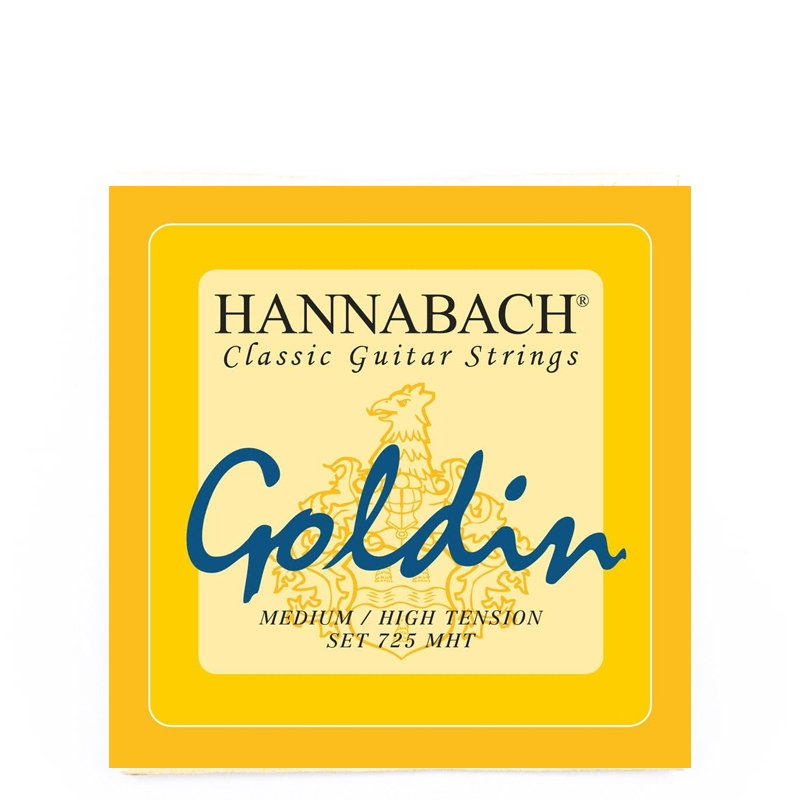
Materials: Super Carbon fiber / Golden-wound high-density and highly resistant synthetic core
+ Strong attack
+ A pro’s choice
- Super clear
- The price
- Medium/high tension not for everyone
Definitely on the more expensive side, but probably one of the best sets of nylon guitar strings out there, these Hannabach carbon fiber strings are many top players’ first choice.
They’re quite bright sounding, with a strong attack – likely thanks to the carbon. They’re also incredibly clear across all six strings. If you’ve got a naturally warm sounding guitar that you want to counterbalance, then these strings could well do that, or if you just want a modern, immediate sound then they’ll definitely do that too. The high tension might not be for all players, particularly those towards the start of their playing journey, but these are some quality, professional-grade strings.
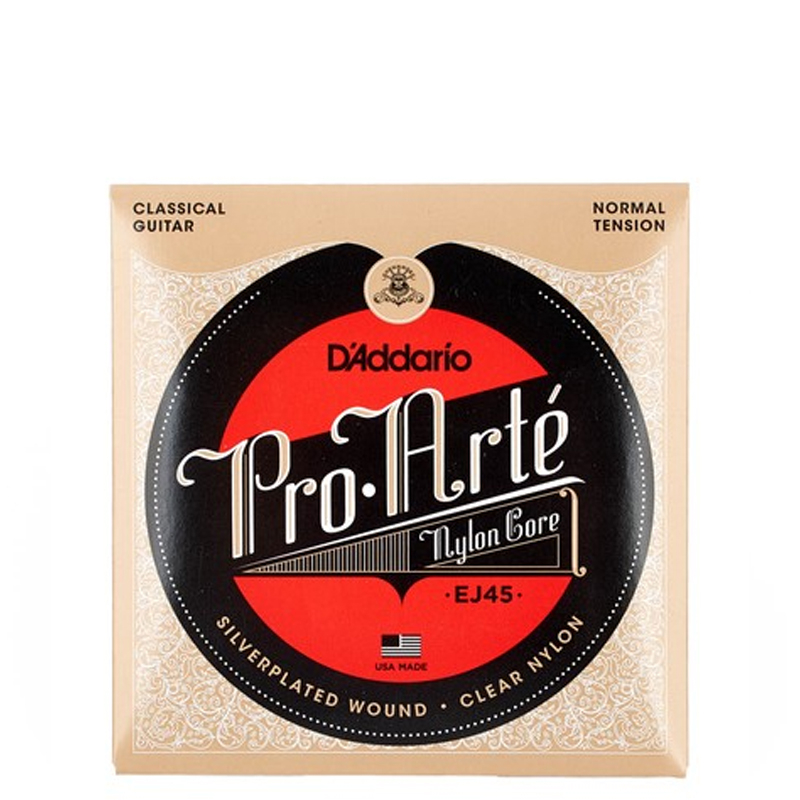
Materials: Nylon / silver-plated copper
+ Super popular
+ Sweet, mellow tone
+ Consistently good, thanks to their technology
- If you have a dark-sounding guitar, you might want something brighter
This is one of the most popular nylon guitar strings sets, and, given that they offer great tone and feel at a very reasonable price, it’s easy to see why.
D’Addario proudly states that these strings offer versatility and great intonation; the treble strings are actually sorted using a computer-controlled laser for consistency, so you can buy with confidence. The bass strings are wrapped in silver-coated copper and offer sweet, mellow tones without sounding too dark.
This string set is everything you might first think of with nylon strings – they're warm, responsive and dynamic, and easy on the fingers!
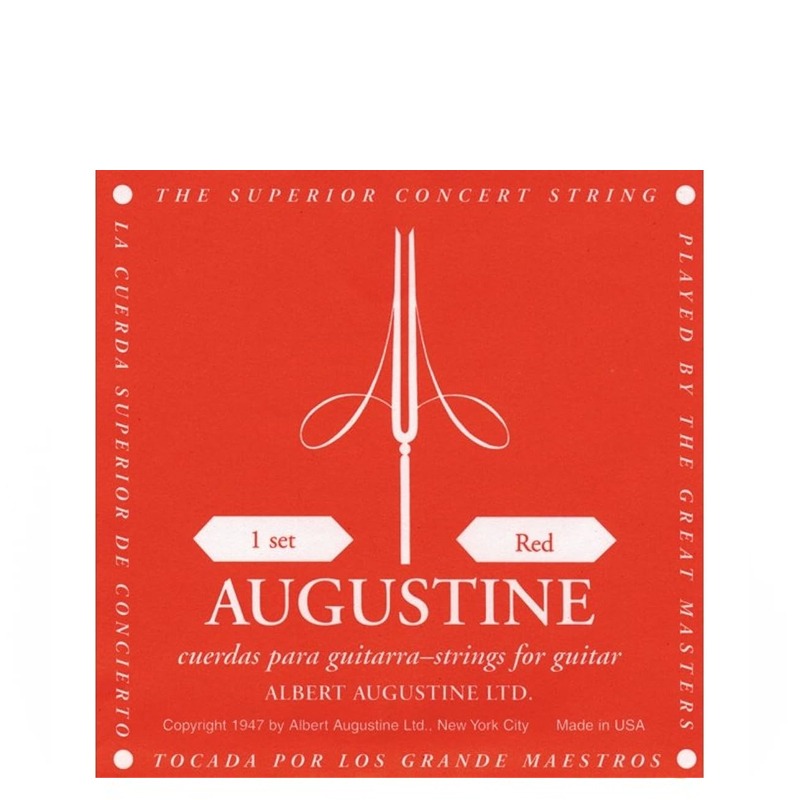
Materials: Normal tension nylon / medium tension nylon multifilament, silver plated copper
+ Soft feel
+ Ideal for beginners
+ An icon in the nylon string world!
- You want something brighter and snappier
Albert Augustine actually helped with the shift away from organic and inconsistent guitar string materials like catgut to nylon; he essentially created nylon strings and helped redefine the sound and intonation associated with the guitar forever.
The Augustine Classic nylon strings are really close to Albert’s original sets and have been designed so that they’re easy to play. The bass strings are wound with a light gauge of copper so that they’re forgiving on the fingers and the tension is at a nice mid-way point. They sound warm and mellow and make for a great starting point if you don’t know what to go for. They’re also very reasonably priced.
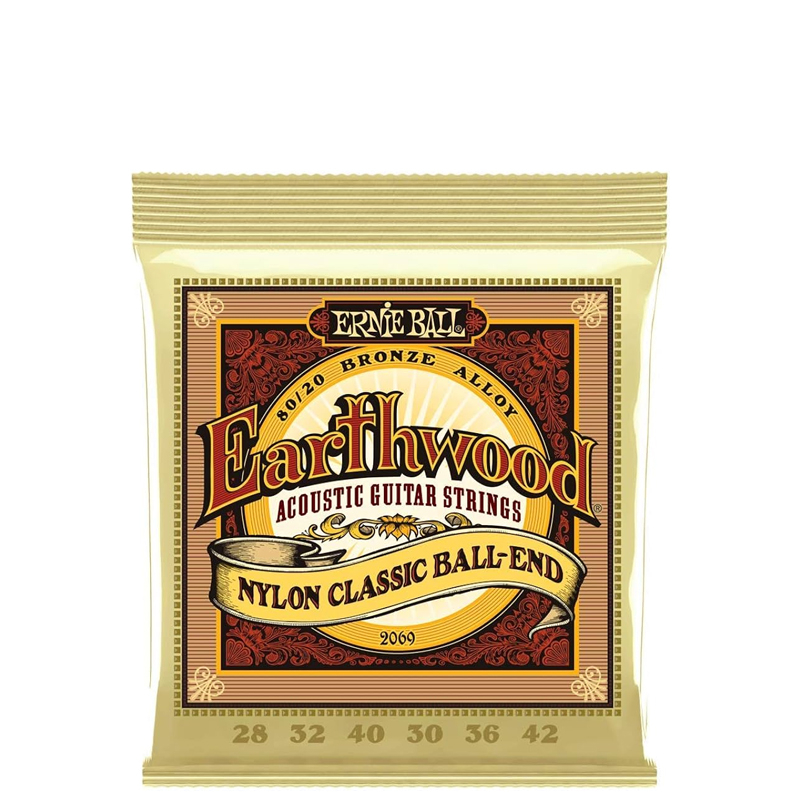
Materials: Solid nylon clear filament / 80/20 bronze wraps
+ Strong attack
+ Bright tone
+ Ball ends are easy to fit
- Some prefer a mellower sound
This is a nice, simple set of nylon guitar strings from one of the biggest string brands in the world.
The bottom three strings are coated in an 80/20 bronze alloy (80% copper, 20% zinc), and the treble strings are a solid nylon clear filament. They’re bright and bold sounding with a strong, percussive attack. If you’re playing with other musicians, these strings can cut through, though they’ll also work well for solo performers.
Another feature that might draw some players in is that these strings have ball ends, making them really easy to fit.
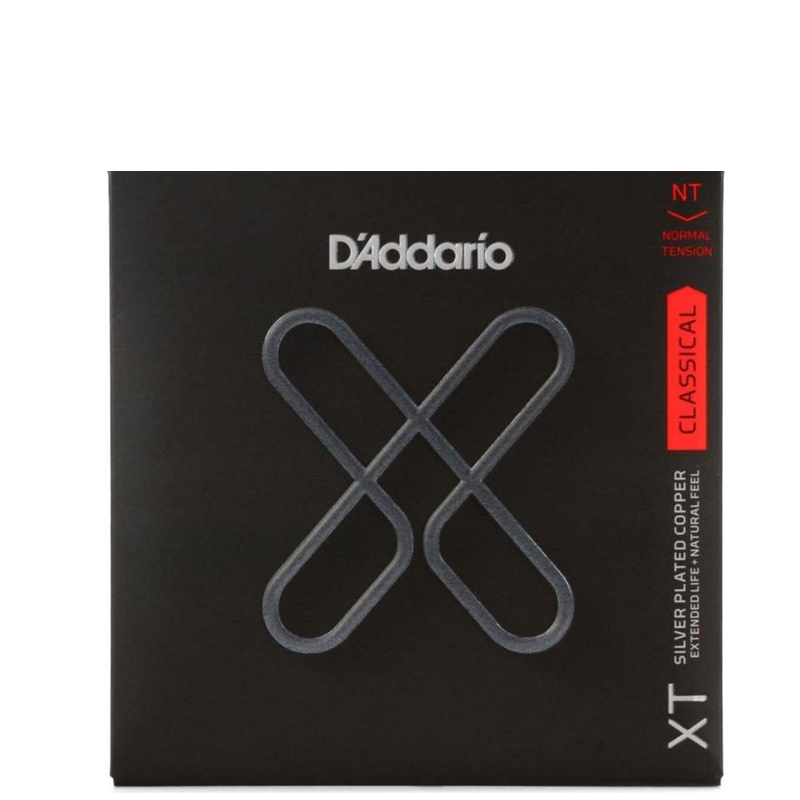
Materials: Carbon / silver-wrapped copper
+ Sound fresher for longer
+ Bright tone
+ Perfect for regular live players
- Too bright for some
D’Addario’s XT series offers string coatings that feel natural. Some players don’t like coated strings due to their ‘slippery’ feel; the idea behind the XTs is to get rid of this – something that rings true with its classical versions too.
The Dynacore bass strings in this set feature a multi-filament nylon core, then they’re wrapped in silver-plated copper. They project wonderfully, have a responsive attack and intonate really well too. It’s just these bottom three strings that are coated, so they can take plenty of abuse before they start to feel or sound worn out.
The carbon treble strings are lovely and bright so will really help cut through. This combined with the extended life you get from the coating makes this one of the best nylon guitar string sets for those playing live often.
Buying advice
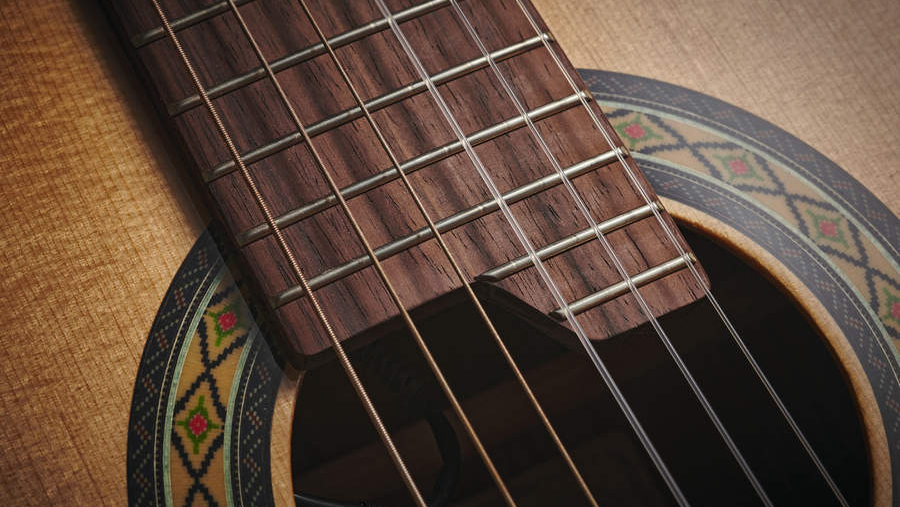
Tension
You can trust Guitar World
With all of the best nylon guitar strings, you’ll see them labeled as either soft/low, medium/normal or hard/high/strong tension. This is sort of similar to the gauges that you’d see on electric and steel acoustic strings in that it affects how they feel under the fingers and the sound you get.
Nylon strings are naturally softer than steel strings, but soft tension are the most easy-going on your fingers. The reduced tension means you don’t have to press down quite as hard, which can help those just starting out. You’ll usually get a super mellow tone with a relatively slow attack to the notes.
Conversely, hard tension nylon strings provide a brighter and snappier tone, with a quicker attack – they’re slightly louder too. There’s more tension, so slightly more pressure is required to press the string down properly. The higher tension also means they’re well suited to hybrid guitars that feature a truss rod running through the neck. Players who use a pick might also like the resistance that the higher tension provides.
As you’d expect, medium tension strings sit somewhere in the middle making them a good starting point if you don’t know which way to go!
Ball end
When you take them out of their packet, most nylon strings don’t have anything at either end. When restringing, you feed the string through the hole and then make a loop and tie it underneath itself. Some find this to be quite fiddly and tricky, but after a bit of practice, it’s easy enough (there are plenty of tutorial videos out there showing you what to do).
Some manufactures do offer ball ends on their nylon strings. This makes installing the strings a lot easier – all you need to do is feed the string through the bridge and the ball end will hold it in place.
Materials
You might expect nylon strings to be made of, well, nylon – and you’d be sort of right. The thinnest three strings are usually made from a single nylon filament. Sometimes, you might see carbon strings advertised – the treble strings here are made from fluorocarbon and sound brighter and puncher.
The bass strings (the three thicker ones) feature a core, wrapped by windings – not unlike electric and steel acoustic strings. With nylon strings, the core is usually a multifilament nylon or composite material, and the windings are made from copper – often coated in silver or bronze.
Silver is a touch warmer sounding, and 80/20 bronze tends to be brighter and snappier, with more sustain. Sometimes, you might have a naturally dark or bright sounding instrument, so choosing your strings to complement or counterbalance this can help you nail your tone.
Can I use steel strings on a classical or Flamenco guitar?
Whilst you will be able to fit steel strings to your classical or Flamenco guitar, they are not designed for it, and you could end up damaging your guitar. Steel strings apply more tension to the neck, and, given that most nylon-strung guitars aren’t fitted with a truss rod to strengthen them, that tension could then warp the neck and, over time, make it unplayable.
How we choose
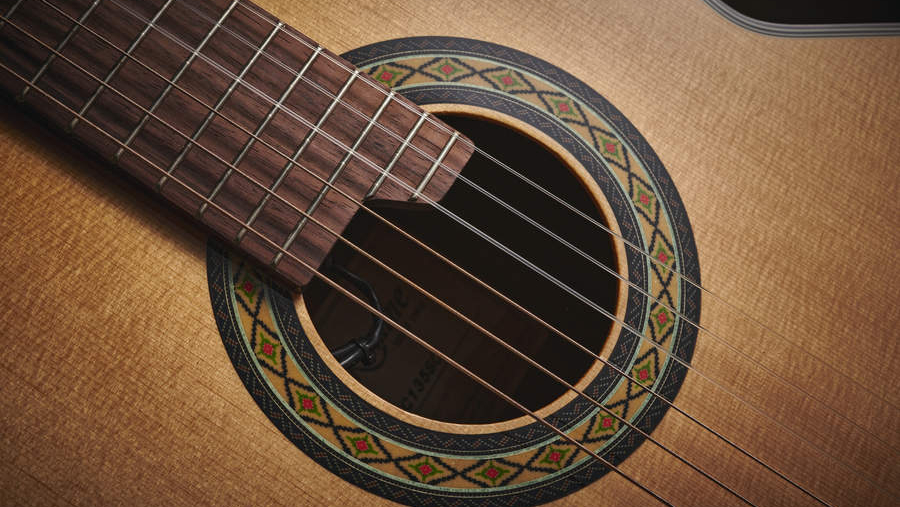
Here at Guitar World, we are experts in our field, with many years of playing and product testing between us. We live and breathe everything guitar and bass related, and we draw on this knowledge and experience of using products in live, recording and rehearsal scenarios when selecting the products for our guides.
When choosing what we believe to be the best nylon guitar strings available right now, we combine our hands-on experience, user reviews and testimonies and engage in lengthy discussions with our editorial colleagues to reach a consensus about the top products in any given category.
First and foremost, we are guitarists, and we want other players to find the right product for them. So we take into careful consideration everything from budget to feature set, ease of use and durability to come up with a list of what we can safely say are the best nylon guitar string on the market right now.
Read more about our rating system, how we choose the gear we feature, and exactly how we test each product.
Related buyer's guides
- Just starting out? Check out the best beginner classical guitars
- Stock up on guitar gear essentials and accessories
- Best acoustic guitars under $500: including acoustic electric guitars
- Check out the best acoustic guitar pickups
All the latest guitar news, interviews, lessons, reviews, deals and more, direct to your inbox!
After spending a decade in music retail, I’m now a freelance writer for Guitar World, MusicRadar, Guitar Player and Reverb, specialising in electric and acoustic guitars, bass, and almost anything else you can make a tune with. When my head’s not buried in the best of modern and vintage gear, I run a small company helping musicians with songwriting, production and performance, and I play bass in an alt-rock band.

